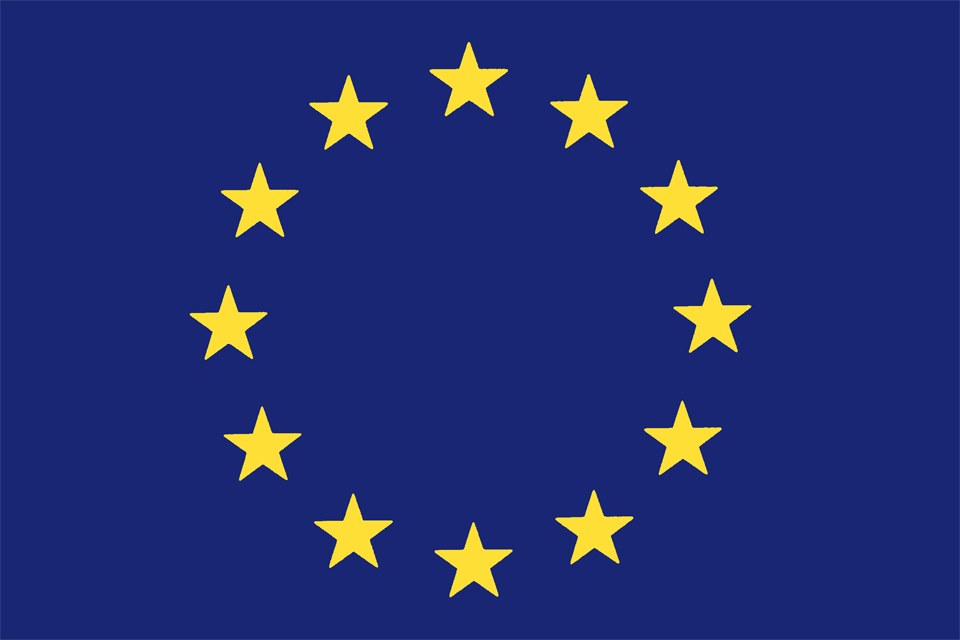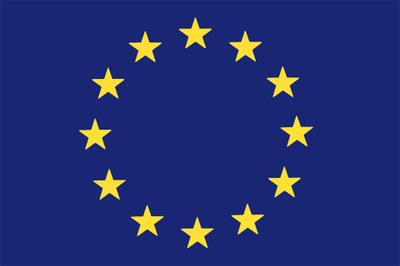The European Commission Published the Results of the Public Consultation Online
Innovative lighting products for general in- and outdoor lighting applications based on light-emitting diode technology (LED and OLED) are relatively new in the marketplace but slowly gaining ground. In 2011 they represented close to 13% of the European general lighting market. While the lighting industry promises low electricity consumption and very long lifetimes as well as improved lighting quality and new opportunities for lighting design, European consumers and professional users…
… still hesitate to buy LED lighting products. They often lack reliable information on these new products or are concerned about their long-term quality, while purchasing costs are high compared to other well-established lighting products.
These are just some of the main findings from a public consultation on the Green Paper “Lighting the Future: accelerating the deployment of innovative lighting technologies” undertaken by the European Commission earlier this year. 125 interested parties submitted their views on existing challenges for a wider market uptake of LED-based lighting solutions and how to overcome them. The full report on the results of the public consultation reflecting the views from citizens and more than 100 stakeholder organisations (SMEs, large companies, cities, public authorities, professional associations and research organisations), has just been published and can be downloaded from the consultation website.
This report presents the main findings of the public consultation, which are outlined as follows:
– Main challenges for the large deployment of SSL in Europe: The three major concerns of the respondents are poor SSL product quality, lack of information for the citizens and high initial purchase cost. Issues which many respondents highlighted for further consideration include: more coherent standards for improving SSL product quality; better coordination of existing programmes; address scarcity and recycling of raw materials; and possibly, launching new high-impact actions by getting inspiration from good initiatives existing in other regions.
– Reinforcement of market surveillance and role of the Member States: for most of the respondents, present market surveillance operations are not enough to ensure good quality SSL products in European markets. They call for a stronger and more transparent EU level market surveillance support by developing independent measurement/testing laboratories and agreed procedures and metrics for comparing results and publishing them via umbrella consumer organisations; or for reinforcing European standards for performance and safety.
– Possible actions of industry for improving SSL product quality: Whereas the feedback from the lighting industry actors is that they are already doing their part to ensure good quality SSL products, other stakeholders are of the opinion that industry could take additional measures: introduce a quality label; ensure better compatibility and interoperability with existing lamps; or, join efforts and cooperate better with public authorities and other market actors with the aim of securing good performance of SSL products.
– Raising awareness on SSL: All the respondents recognise the need to increase consumers' awareness of the benefits and potential of SSL lamps and luminaires. They call for measures and actions that would help consumers get a better understanding and education on SSL throughout the whole chain of educational institutions. Industry and market actors as well as public authorities are also called to cooperate to ensure that information and awareness on SSL reaches consumers in a widely understandable form.
– SSL deployment in buildings and the landlord-tenant conflict: Respondents acknowledge that SSL can contribute to reducing substantially the overall energy consumption of buildings. Examples of suggestions made on how to accelerate SSL deployment in buildings include: strengthen and promote the use of intelligent lighting system solutions and ensure that this is included in relevant future regulations and directives; or provide subsidies or tax breaks when purchasing and using SSL. Public authorities are generally encouraged to become role models and first users. As for the landlord-tenant conflict, overall this is not regarded as being of major importance for the average of respondents.
– Support for research and innovation: It is widely acknowledged that support of strategic R&D would allow the European lighting industry to take the lead in high quality, intelligent and innovative lighting products. Examples of suggestions received include: call for better coordination and priority setting of scattered initiatives between market actors and research organisations; call for a more coherent EU vision and roadmap and a “cross-Directorates General” approach; benchmarking of EU's R&D initiatives on SSL against those in other regions of the world and developing and disseminating best practice examples; and supporting R&D targeting the effects on health, well being, productivity and concentration.
– Reinforcing manufacturing capacities in Europe: Protecting and creating new qualified jobs in manufacturing in Europe with general favourable economic framework conditions is seen as vital. This would require favourable political framework conditions and could mean financial support for pilot production lines, specific support the development of nextgeneration intelligent digital solutions and specific support for OLED manufacturing. The view taken by the majority of the industry stakeholders is that 95% of the value chain will be created in lighting solutions and only 5% in light sources. Citizens and research organizations tend to support the view that it would be beneficial for Europe to support a label "100% made in Europe". At the same time, they call for motivating manufacturing investments in Europe which consider a social and environmental sustainable perspective (creating sustainable jobs in Europe and integrating the recycling perspective when manufacturing).
– Reinforcing Cooperation along the value chain: Overall there is a strong agreement that supporting the whole SSL value chain will be beneficial to Europe. Some respondents call for specific measures for SMEs as they may be left out during the transition from pure lamp selling to supplying intelligent lighting systems and offering complex and modern lighting services. In addition, reinforcement of cooperation along the value chain is suggested via vocational training and education measures for all the actors of the SSL value chain.
– Significant gaps in standardisation: All the respondents agree that enhanced standards are of vital importance for the SSL sector. The representatives of the lighting industry and related businesses provided a detailed description of gaps not covered in current standards. In that respect, they welcome the ongoing draft standardization mandate on SSL from the European Commission to CEN & CENELEC.
– Support of education, vocational and lifelong learning: Respondents acknowledge that current vocational and lifelong learning and training schemes are not sufficient to meet the demand of the future SSL markets. There is a shortage of highly qualified work force and industry representatives are especially keen to indicate that this problem will increase in the future. Potential measures should focus on attracting more people into the related professions and to increase the pan-European vocational training.
For further information please visit the "Digital Agenda for Europe" website or download the Green Paper "Lighting the Future: Accelerating the deployment of innovative lighting technologies" and the Results of the Public Consultation.
* Mission statement of Photonics unit: Photonics is a key enabling technology that drives innovation in communications, lighting and manufacturing. It provides solutions to such societal challenges as energy efficiency, sustainable healthcare, safety and security and environment. We will:
• Deploy existing financial instruments for research & innovation in this field.
• Draw up the first work programme for photonics and for organic electronics under Horizon 2020.
• Set up a new Public-Private Partnership that will help drive innovation in this area under Horizon 2020.
• Develop, following an open consultation a strategy for the large scale deployment of solid state lighting.


